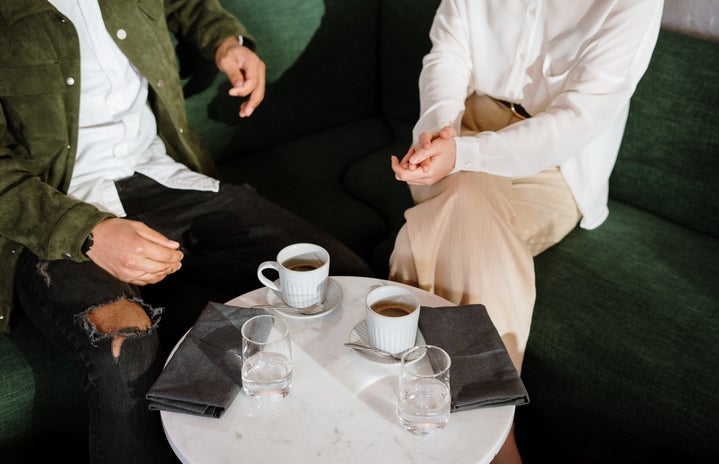My grandpa is 96 years-old. He wakes up every single morning, goes for a walk around the block or picks up some dumbbells in his garage, and makes his way towards the bakery at the end of his street in San Francisco. You will find him there each day with his friends who call themselves “The ROMEOs – Retired Old Men Eating Out.” They spend a few hours discussing current events, the stock market, and everything in between. This is his community.
If the pandemic collectively taught us all something, it would be how humans are inherently social people and need connection to survive. Loneliness and isolation from others can kill. During peak COVID, we were missing settings where an idea of neighborhood could be promoted. These kind of settings are called third places.
The notion of the third place is not new; however, TikTok has recently rehashed this term to describe the role that physical locations have in encouraging the discussion of ideas, enjoying oneself, and building relationships beyond home or work. Third places and feeling a sense of belonging and community are heavily intertwined. My grandpa’s third place is the corner booth of that little bakery where he can find warmth and good company with those who also find a home away from home there. He can relax in public and hang out with his regulars, the ROMEOs.
To clarify, your first place is, well, where you call home.
Your second place is where you spend the bulk of your day; whether this looks like your school if you are a student, your place of employment, or your home office—these are all examples of a second place.
But, what is your third place? For many Gen Z’s, we can find a third place in our back pocket. From group chats to a Twitter feed or even a Yahoo sports league, it can be so easy to discover a community virtually. While it’s refreshing to feel a connection with people around the world with similar interests, we seem to be replacing social relationships with digital ones. Additionally, as my 96 year-old grandpa would argue, there is nothing quite like having a genuine relationship with people and being able to carry a conversation. Many of Gen Z tend to lack in their ability to do either of these. The third place is an atmosphere where you can feel secure and where “informal conversation” can thrive—a place where community is a comfort instead of an obligation.
Here at the University of Washington, I have found my third place in the Intramural Activities Building (IMA). The gym draws students together for a common goal of improving their strength or fitness, which makes it much easier to spark a conversation. Through working out at the same time each morning, I am motivated to continue being consistent and see the same faces who are challenging me to be my best.
Some of my friends have found their third place through the U District cafes, or even the Introductory Programming Lab for CSE 12x classes. There are so many options on a college campus to find that sense of place, where students can come and go as they please.
Growing up, adults would often romanticize these “glory days” of college. My mom always exclaims “Stingers up!” whenever she sees another Sacramento State alum out and about. This begs the question: is this longing for the good ol’ college days really about school or being youthful, or is it about living in a walkable mini-city with similar-aged colleagues for four years? On university campuses, there are cafes, libraries, gyms and other meeting places where people can congregate with ease. You can see someone you know almost everywhere you go and thus experience that feeling of belonging.
So, why don’t urban planners work towards installing more parks or public institutions to foster that third place environment? More small businesses and other hang-out locations could lead to an increase in overall neighborhood happiness, which in turn has its own benefits too. Adults in suburban areas could be able to relive those glorious moments in college through third places and ultimately become anchors of community. Gen Z could also get the opportunity to find community in real life if these third places were promoted more. These brick-and-mortar institutions are necessary to further civic engagement and emphasize socialization. The way you spend your life is the way you spend your day; as a society, we need to engage in activities where we can chat informally, inspire creativity, and make new friends. My grandpa is right – to progress the state of the world, we desperate need more third places.
The idea of a third place originates from the 1989 book The Great Good Place by Ray Oldenberg.


